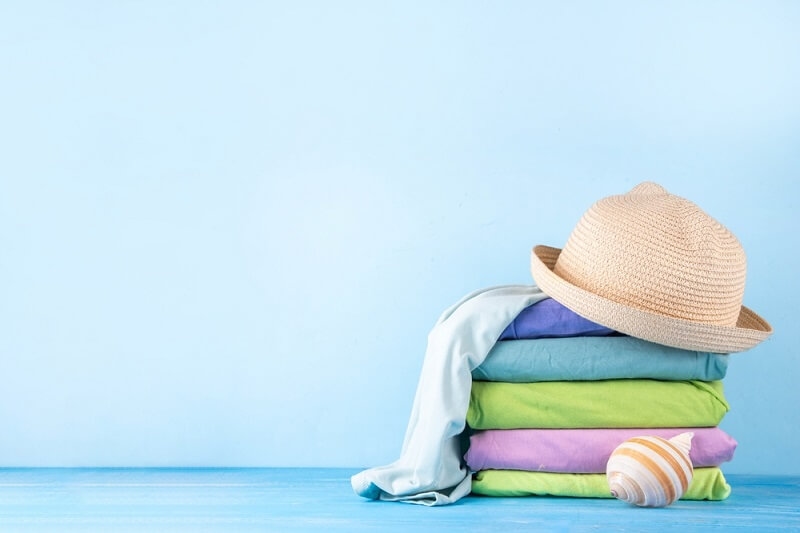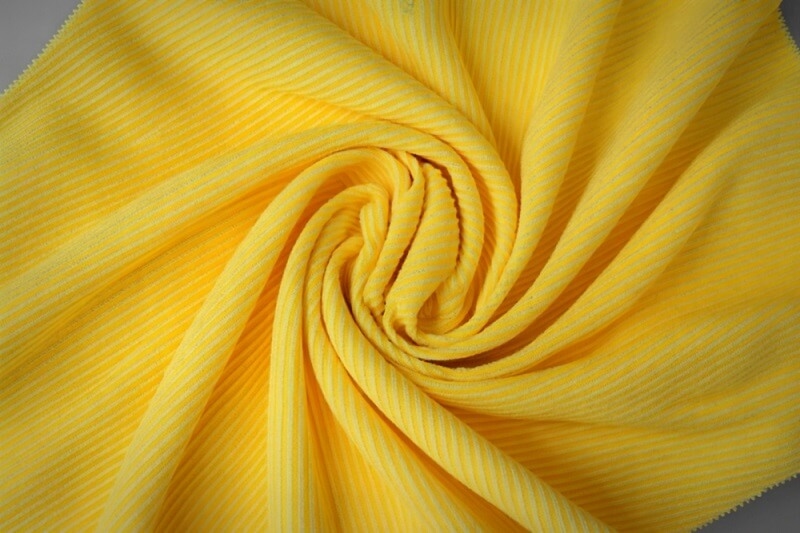
When temperatures rise, selecting the best fabrics for summer becomes just as important as selecting an outfit. In the first few seconds outdoors, you instantly feel the difference between hot-weather fabrics, cooling materials, and clothing that just traps heat. The fashion world today is all about lightweight textiles, breathable wear, and comfort-first clothing, and making smart fabric choices helps you stay cool, dry, and stylish the entire season.
Summer fashion is not just about the trends; it's about comfort science. The actual fabrics you wear determine how well air can circulate around your body, how quickly sweat can evaporate, and how efficiently your skin manages to breathe in heat and humidity. This guide will take you through what really constitutes the best fabrics for summer, how each material performs, and what to avoid when dressing in extreme heat.
No guessing here: some materials are just better than others for cooling and comfort. The following materials will keep you the most comfortable on the hottest of days, based on the science of fabric, fabric construction, and experience wearing the fabric in real life.
Cotton tops any list of fabrics built for heat, and it is for good reason: Natural cotton fibers let heat escape and provide one of the most common cooling properties for everyday t-shirts, dresses, shirts, shorts, etc.
Why Cotton is Beneficial
Cotton is most useful with the basics: tank tops, t-shirts, button-downs, and casual dresses.
It's one of the purest forms of comfort-first clothing and remains a reliable choice for daily summer wear.

Linen is probably among the top fabrics that can be worn during summers when the humidity soars high. It is made from flax fibers; its natural stiffness creates space between fabric and skin, enhancing airflow like no other material.
Why Linen Is a Hot Weather Favorite
Best Uses
Linen pants, shirts, dresses, and summer suits are ideal wear, combining elegance and coolness. It's a must-have for tropical travel and in hot climates.
Rayon is a semi-synthetic material made from wood pulp, engineered to behave much like natural fibers. It ranks as one of the best cooling fabrics while keeping your outfit airy and comfortable.
Why Rayon Is a Summer Essential
Best Uses
Rayon is wonderful for summer dresses, blouses, skirts, and drapey pants. It's a great option for anyone who's looking for comfort first in clothing, while still looking polished.
Bamboo is one of the newer fabrics for warm weather, and it is becoming more popular due to its softness and high moisture-wicking.
Why Bamboo is Perfect for Summer
It is appropriate for activewear, loungewear, t-shirts, and underwear. Bamboo is very comfortable and sustainably sourced, making it an ideal fabric for warmer weather.
If you love denim but hate sweating in it, chambray is your answer. Much lighter, this is a woven cotton material that allows for airflow.
Why Chambray Works
Best Uses
Button-down shirts, dresses, casual tops, and summer skirts.
The puckered texture of Seersucker makes it one of the most advanced hot-weather fabrics. Its unique design lifts fabric off the skin, allowing heat to escape.
Why Seersucker Is Great in Heat
Best Uses
Blazers, dresses, skirts, and men's summer suits.
Most jersey knits are made in blends of cotton and are soft and stretchable. Perfect for everyday comfort-first wear.
Why Jersey Knit is Great for Summer
Best Uses
T-shirts, summer dresses, tank tops, and everyday lounging.
The best summer fabrics will vary depending on the humidity, amount of sun exposure, and how much cooling you want for your body.
Here's how you can pick the right hot-weather fabrics for your region:
Matching the right cooling materials to your environment ensures true comfort, not just style.
Even the greatest summer fabric needs the right features for it to work comfortably. Look for:
Slim and tight-fitting fabrics are hot. Loose bodies help keep air moving.
Light colors reflect the sun and heat, which means they work well when you wear a light fabric.
Moisture-wicking fabrics like bamboo, rayon, and tech blends aren't heavy and stick because they dry so quickly.
Selection of single-layer constructions and breathable linings.
There are good fabrics and bad fabrics. Don’t wear the following on a warm day if you want to
be comfortable:
Polyester blends (non-breathable blends of polyester are worse)
Heavy denim
These do not align with the principles of comfort-first clothing.
To get the most out of the best fabrics for summer, team them with smart dressing habits:
By carefully combining hot-weather fabrics with cooling materials and lightweight textiles, you can create a wardrobe that looks great while feeling amazing.
Use breathability, comfort, and cooling power to construct a summer wardrobe. In knowing what to look for to find the best summer fabrics, you will make better clothing choices that will help keep you cool, dry, and comfortable during the warm hours of the season. Whether it's the hot-weather fabrics like cotton and linen, embracing modern cooling materials such as bamboo and rayon, or curating a wardrobe filled with lightweight textiles and comfort-first clothing, the right fabric can change your whole summer experience.
Let this be your reference point for breathable wear that actually works. Make summer enjoyable rather than uncomfortable with materials that suit the weather, your lifestyle, and your preferences for personal comfort.
This content was created by AI